Ta' Gurdan Walk: The Gozo Hike Trail You Absolutely Must Go On This Spring
by Karl Azzopardi

Gozo is known for its untouched verdant landscapes and peaceful surroundings, and taking the Ta Gurdan walk is the perfect way to bask in this glory. This circular trail is perfect for anyone seeking a light hike packed with culture, history and scenic views.
It gets its name from Ta Gurdan Lighthouse (aka Giordan Lighthouse) in Ghasri, however, the trail starts and ends at the parish church of the neighbouring town — Gharb. In this article, we will be going through how to cover the trail and the main attractions that you'll meet along your journey.
For the sake of easier explanation, we'll be splitting the circle in half between the Gharb area and the Ghasri area (even though the borders between the two are close to nonexistent as anywhere in Malta and Gozo).
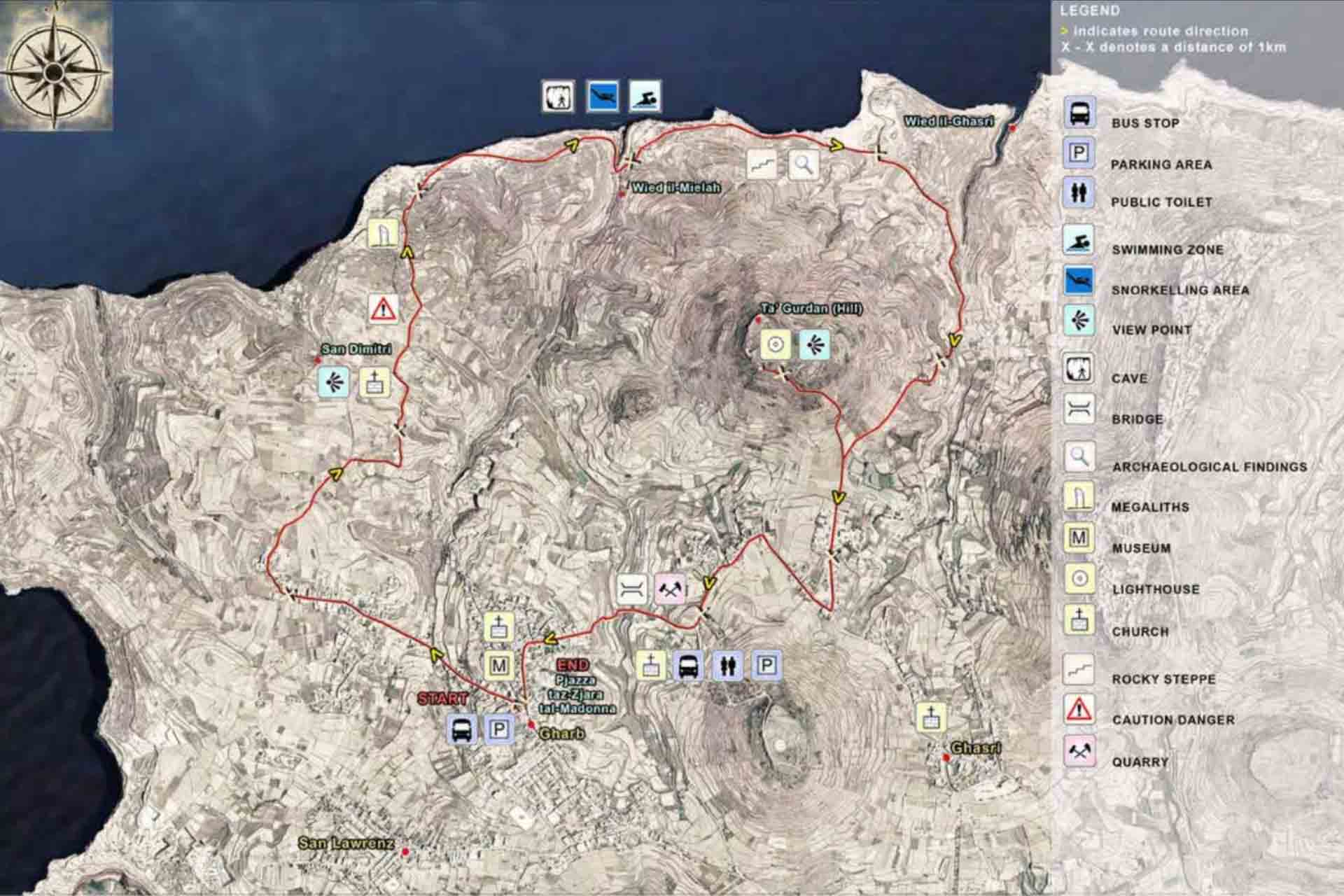
Gharb
Parish Church
Gharb's parish church marks the starting and end point of the Ta Gurdan hike trail. This incredible baroque structure was built in the early 1700s and is as grand as its full title — The Basilica and Collegiate Parish church of the Visitation of Our Lady — makes it out to be. Its title is the culmination of centuries of history, becoming the second Collegiate of Gozo shortly after it was built and later promoted to a Minor Basilica in 1967 by Pope Paul VI, as the Pope's coat of arms at the top of its concaved facade suggests.
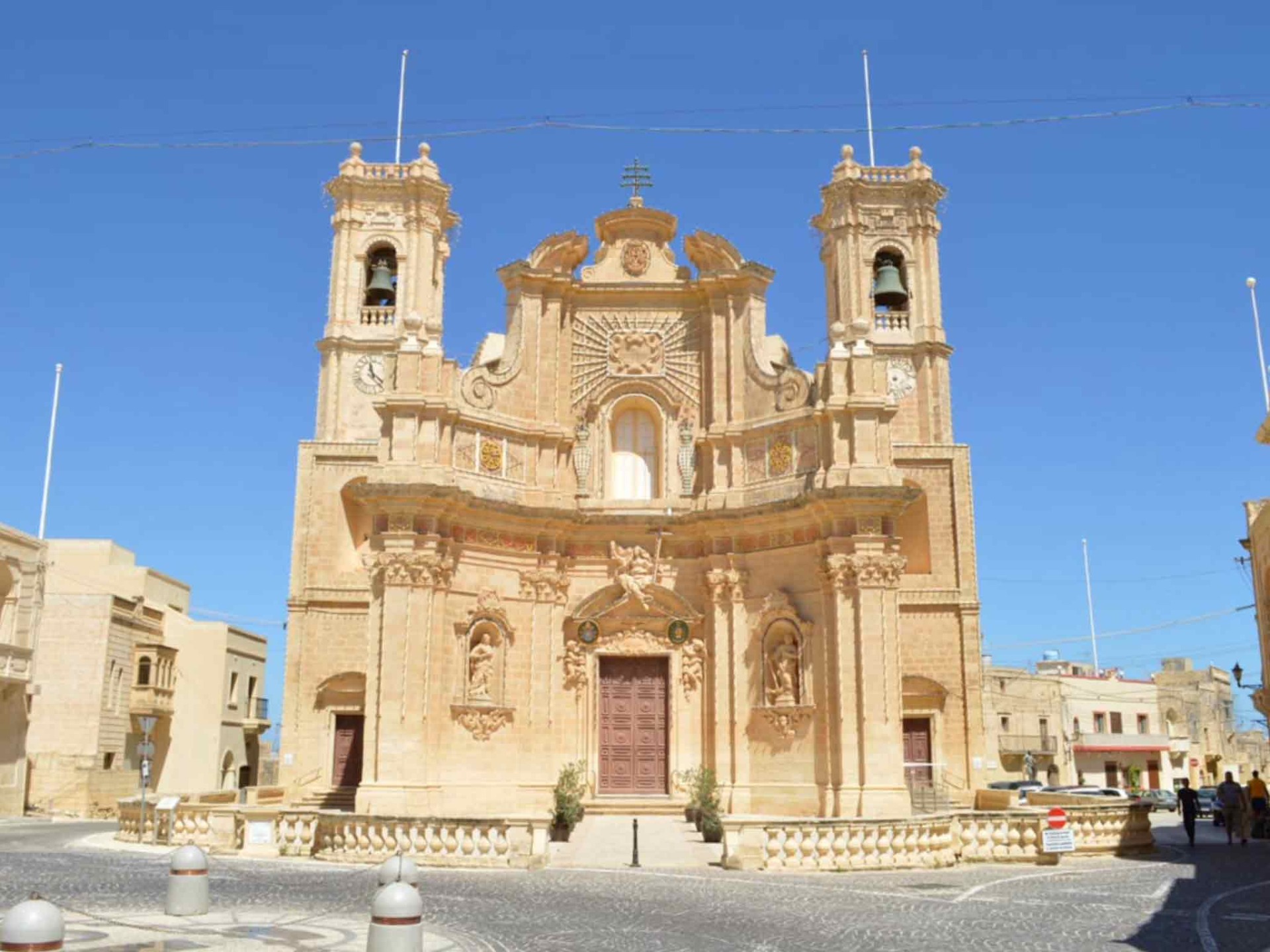
If you aren't in a rush and wish to delve deeper into Gozo's culture, we suggest that you pay a visit to the Gharb Folklore Museum just in front of the Basilica. This 18th-century house is packed with craft tools and machinery that were used in Gozo's traditional trades like wine-making, fishing and carpentry.
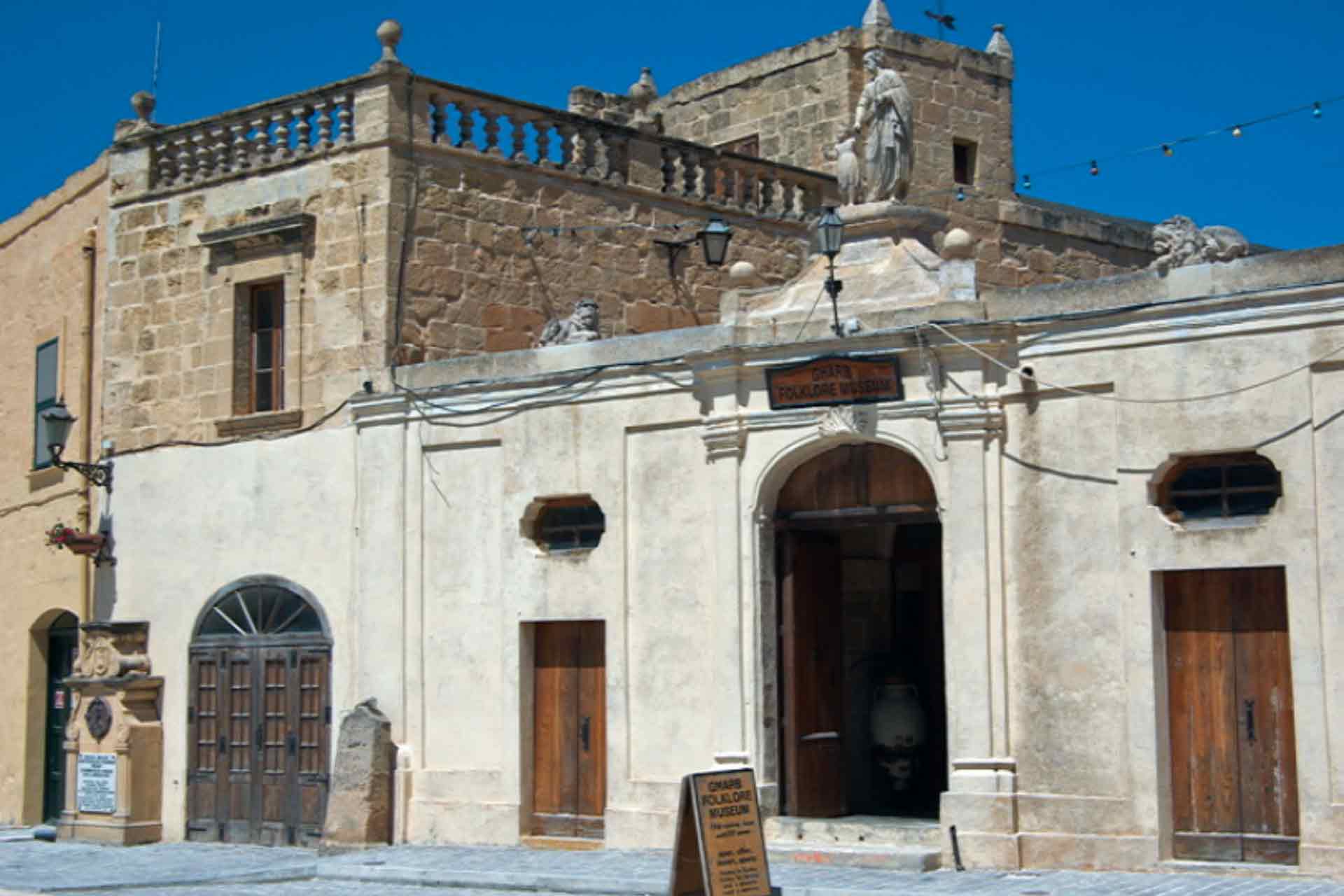
Taz-Zejt Chapel
Interestingly enough, the Basilica isn't Gharb's original parish. The old parish, known as Taz-Zejt Chapel (meaning the Oil Chapel), is a much smaller structure constructed back in 1679 and still stands to this day adjacent to Gharb's Cemetery grounds. It is conveniently located on the Ta' Gurdan hike trail just a few minutes away from the Basilica and is dedicated to the legend of the Visitation of the Blessed Virgin Mary to Elizabeth.
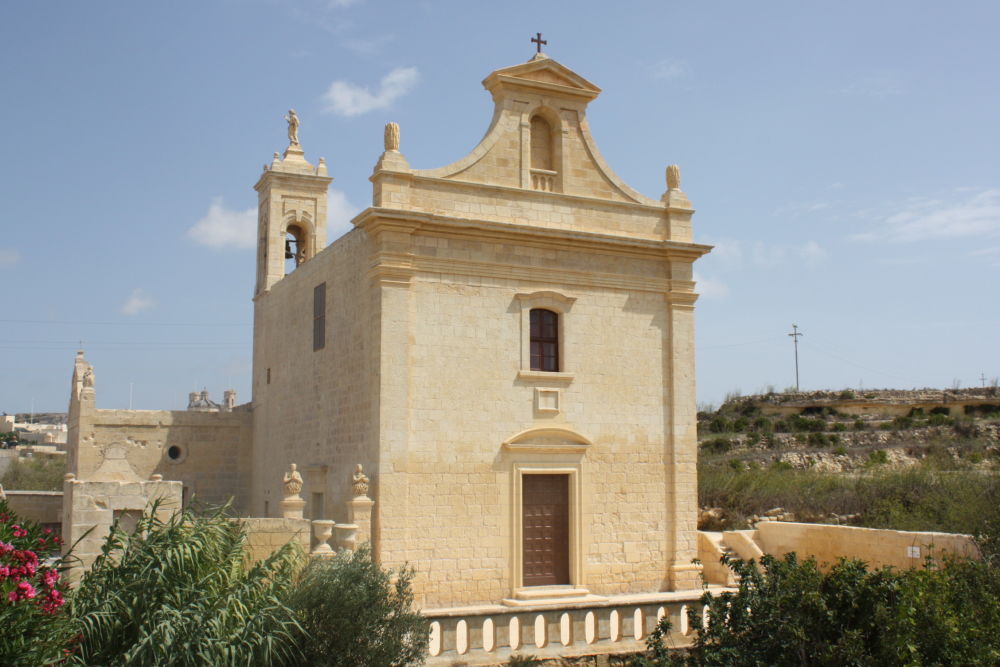
It tells the tale of a peasant who visited the chapel daily, praying for the Virgin Mary to bless her with enough money to purchase oil and refill the chapel's oil lamp. On the day that she fell ill and couldn't make it to the chapel, a beautiful woman appeared at her home encouraging her to still pay a visit. The peasant complied and to her amazement, she found the chapel leaking pure oil. Unfortunately, the news soon spread across the land and people started to abuse this infinite supply of oil. This caused the Virgin Mary to rethink her generosity, turning the oil into flames till the oil was no more.
San Dimitri Chapel
Alright, it's now time to head out of the village and into the countryside and take in all of the verdant surroundings as you make your way towards another legendary chapel on the Ta' Gurdan hike trail — San Dimitri Chapel. This chapel has seen many changes over the years, as it was built in the 15th century but was deconstructed a century later. It wasn't until 1736 that it was once again rebuilt into the structure we see today. However, legend has it that the original structure was not demolished but rather fell into the sea after an earthquake. Some fishermen had claimed that they could still see the old chapel at the bottom of the sea floor with the light of an oil lamp still flickering on.
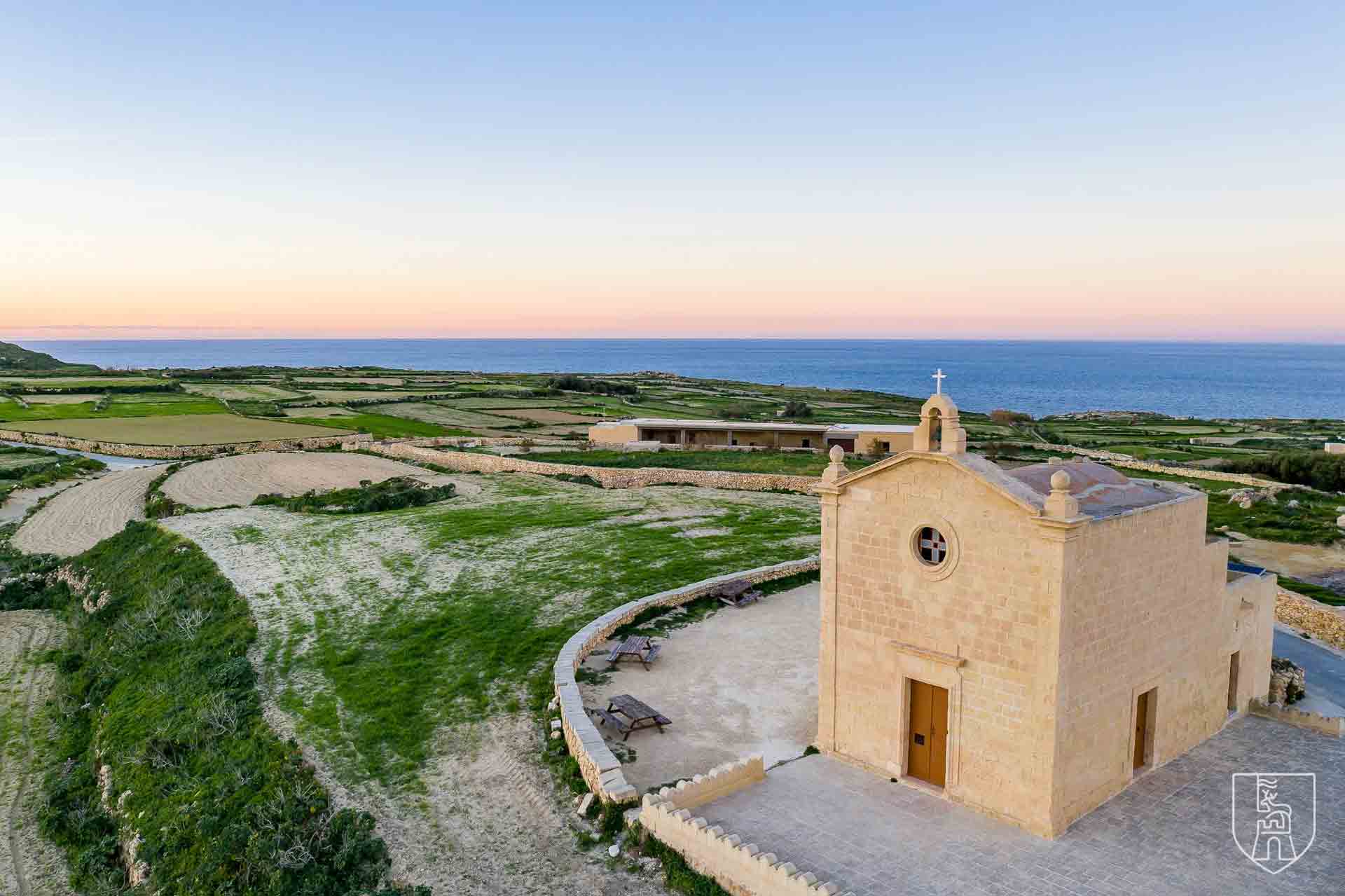
This oil lamp is said to belong to the protagonist of another legend surrounding this chapel — an old woman from Gharb, Zgugina, whose son was taken as a slave by corsairs. Praying in front of the painting that still hangs in the chapel today, she made a promise to St Demetrius that if he brought her son back, she'd light an oil lamp in his name every day. Hearing her plea, St Demetrius lept out of the painting on horseback and rode off after the pirate ship until he returned with her son before returning to the portrait, leaving nothing but a horseshoe imprint on the chapel's walls as proof of his heroic deed.
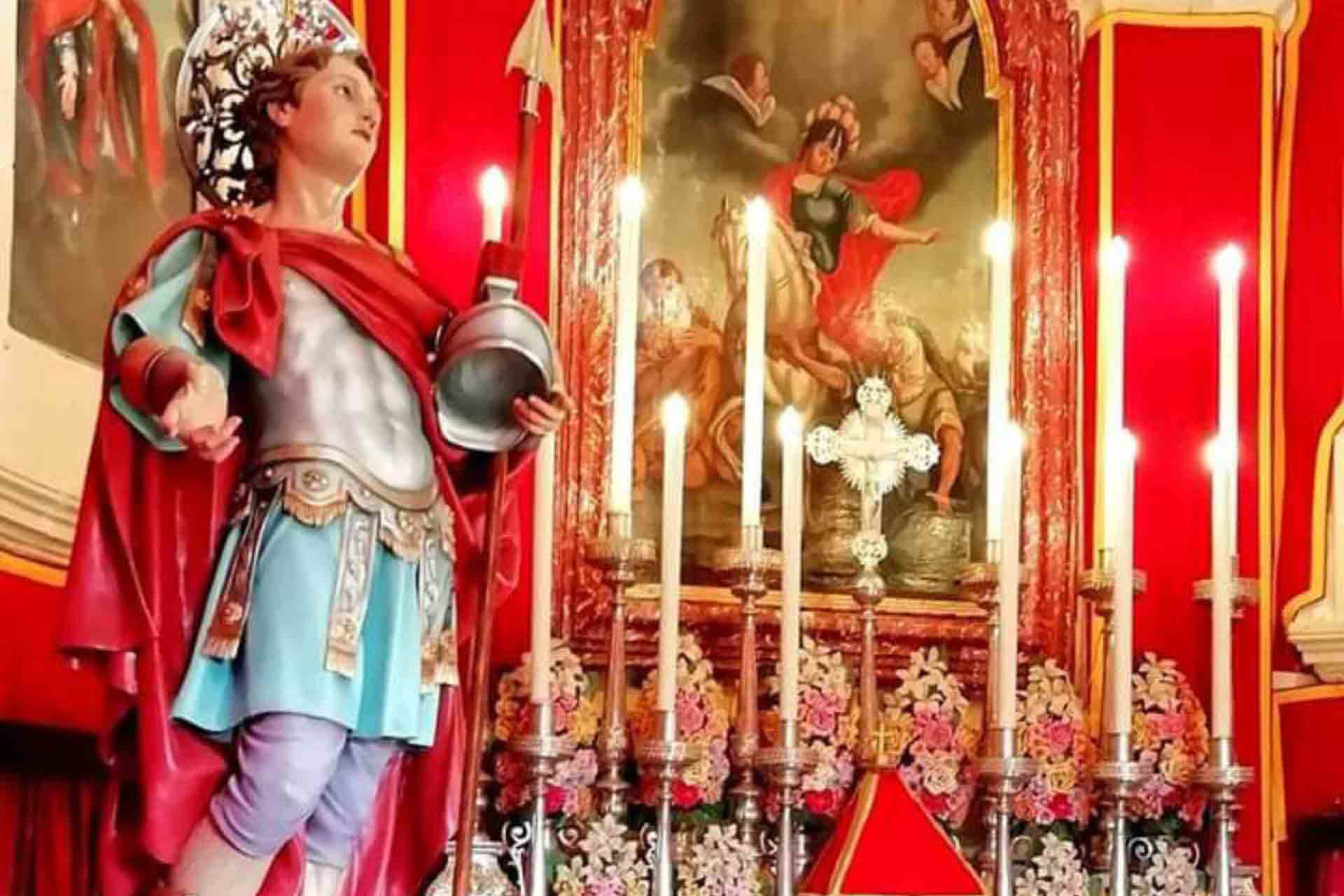
Wied il-Mielah
As you make your way towards the coastline, you may start noticing more and more caper plants, indicating that you're inching closer to Wied il-Mielah (The Slaty Valley). Caper picking is quite common in this area during spring and early summer so it's no secret where the valley gets its name. This is the perfect time to take a little break from your walk. Just pick some fresh capers, add to your lunch and enjoy every bite as you gaze at the Wied il-Mielah Window.
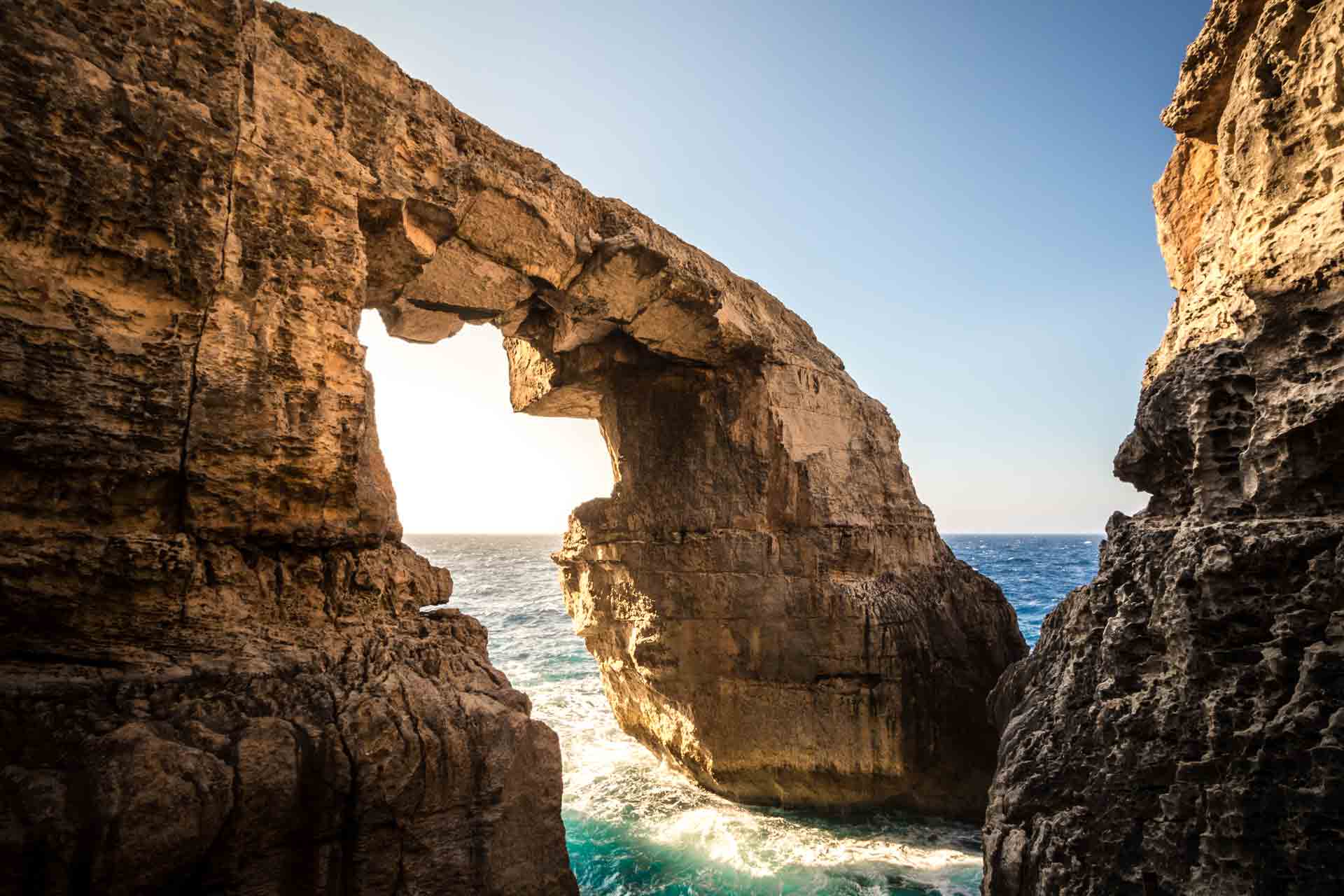
Considered the new Azure Window after its collapse in 2017, the Wied il-Mielah Window is a sight to behold and explore. Its ceiling is still quite thick which means that you can safely stand on it and get that perfect shot against the backdrop of the gorgeous Mediterranean Sea. And you can keep on enjoying breathtaking sea views as you walk along the coastline and head to the second half of Ta' Gurdan hike trail.
Ghasri
Wied il-Ghasri
From one magical valley to another, the Ta' Gurdan walk is full of wonders! Just follow the rubble walls overflowing with caper plants and prickly pears and you will find yourself overlooking Wied il-Ghasri, which is known for the gorgeous pebbled bay that awaits at the bottom.
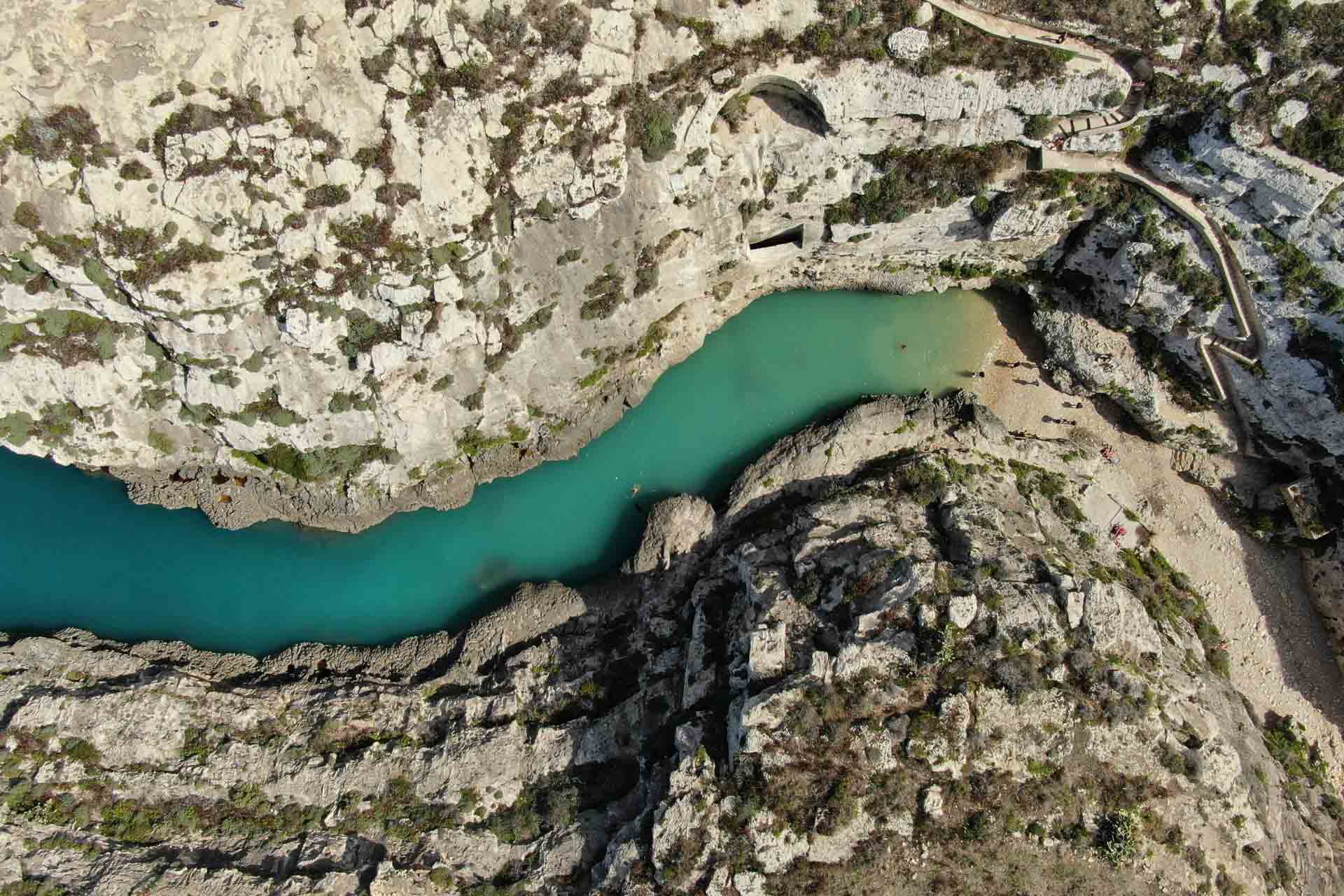
Despite its popularity, the bay is still considered to be quite secluded due to its size - making it the perfect spot for a refreshing dip after hours of walking. Its crystal waters on clear sunny days make it an ideal snorkelling and diving spot. Nonetheless, it's still quite a magnificent sight during the cold and windy months, as mountainous waves engulf the valley.
Basilica of the Patronage of Our Lady & Ghasri Parish Church
As you walk back up from the valley and head towards Ghasri's centre you will encounter one of Gozo's oldest Catholic relics and its very first basilica — The Basilica of the Patronage of Our Lady. This Doric-inspired church started off as a modest chapel back in the 16th century. Due to being in a state of disrepair it was removed in the following century and rebuilt in the early 18th century.
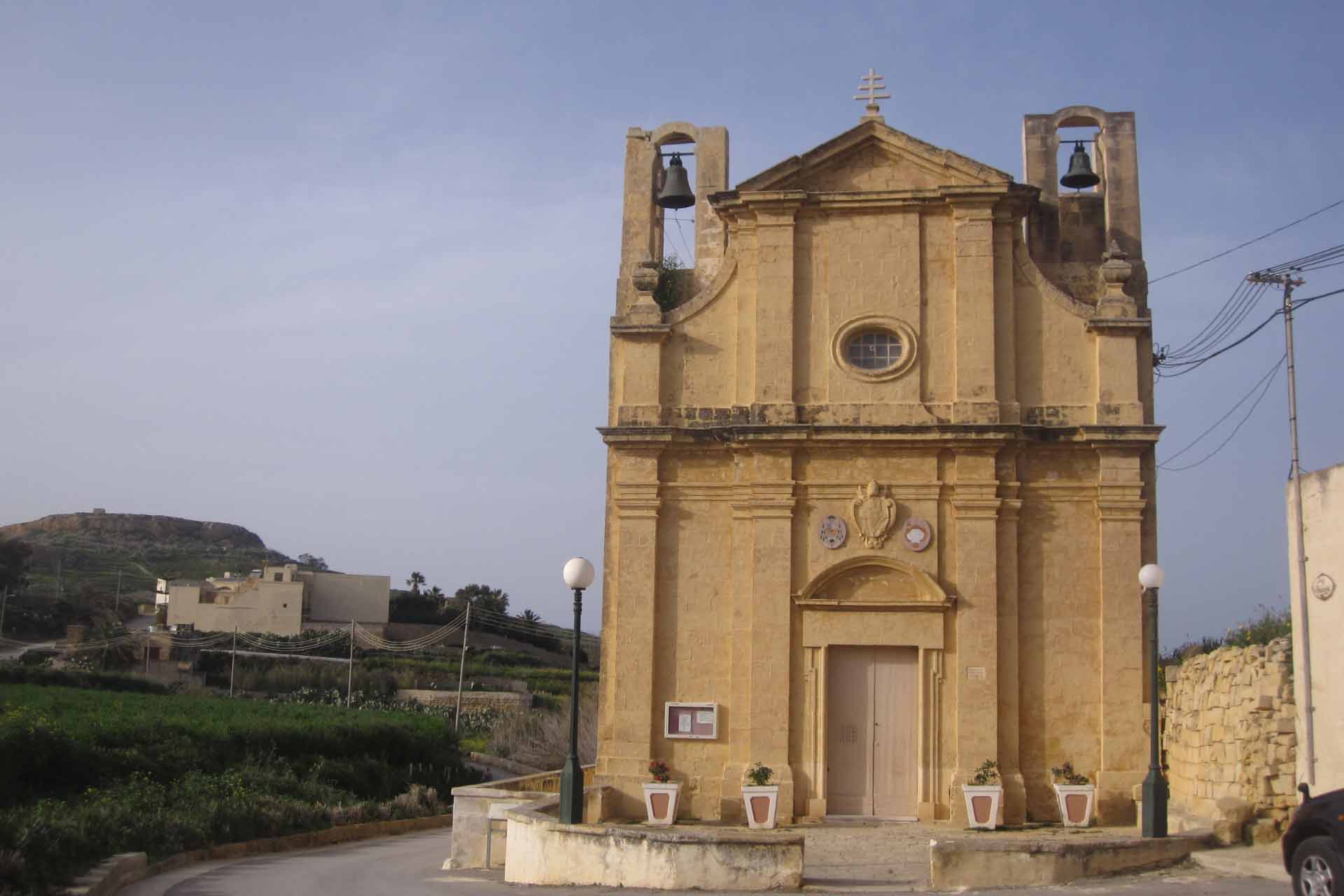
Towards the end of the century, the area started to become more populated and the reverent at the time asked the Grandmaster of the Order of St John for a larger piece of land where the chapel could be expanded into the church we see standing today. It was elevated to a Minor Basilica in 1768 and serves as a vice-parish church for Ghasri's current parish to this day.
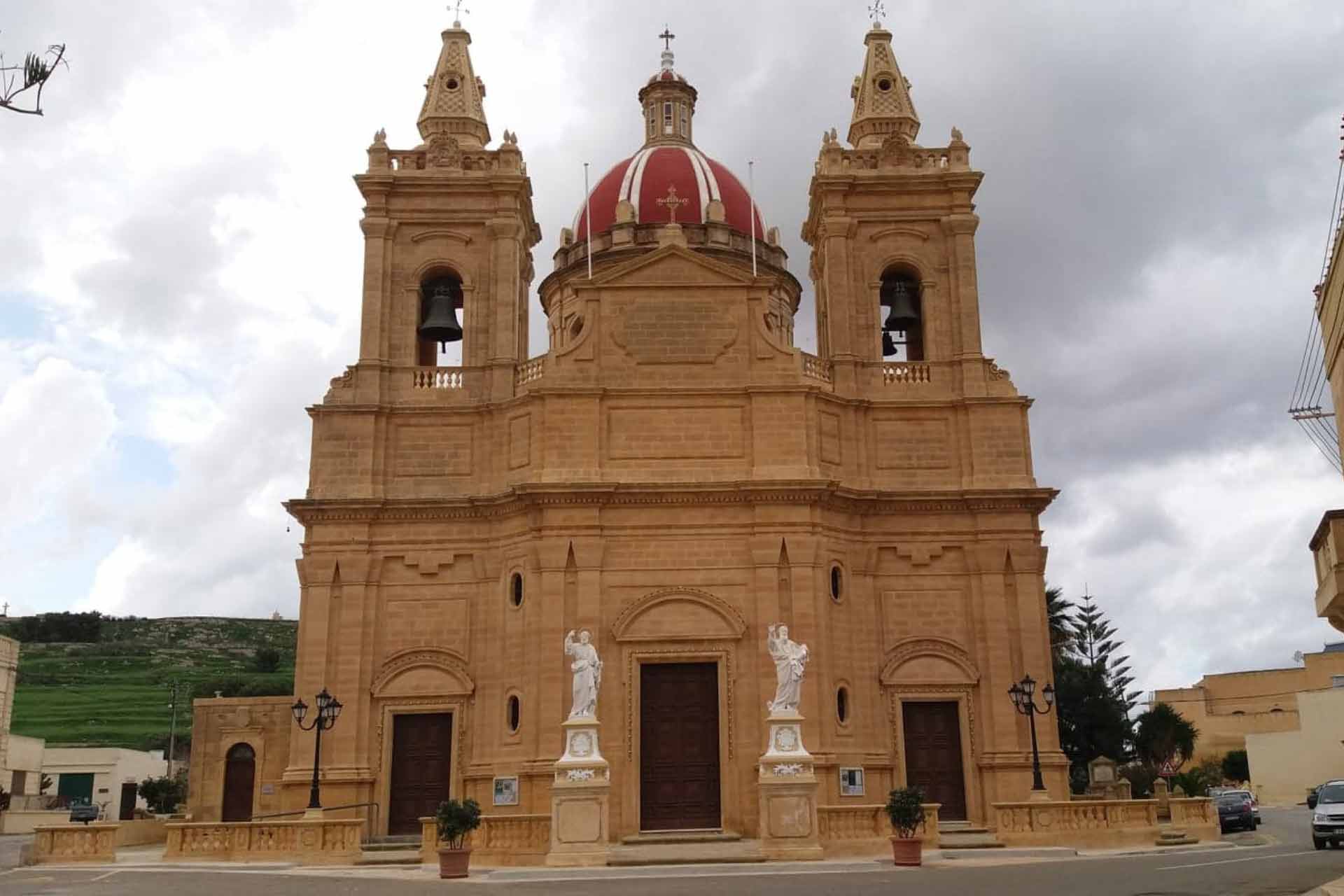
Ghasri's Parish Church is situated just a few minutes away from the basilica as you leave the countryside and enter the village centre. Built in the 20th century, this church is quite a recent addition to Gozo's diocese but is trusted with the Corpus Cristi Parish title and homes a piece of the cross that Jesus is said to have been crucified on. It is also known for the magnificent altarpiece of The Last Supper by Lazzaro Pisani.
Ta' Gurdan Lighthouse
Finally, we get to the spot that this trail is named after. You'll just need to make a slight detour from the circular route and walk back into the countryside to get to the renowned Ta' Gurdan Lighthouse. Overlooking magical views of the Gozitan countryside, it is no wonder that this 19th-century 180m high structure is a major tourist attraction.
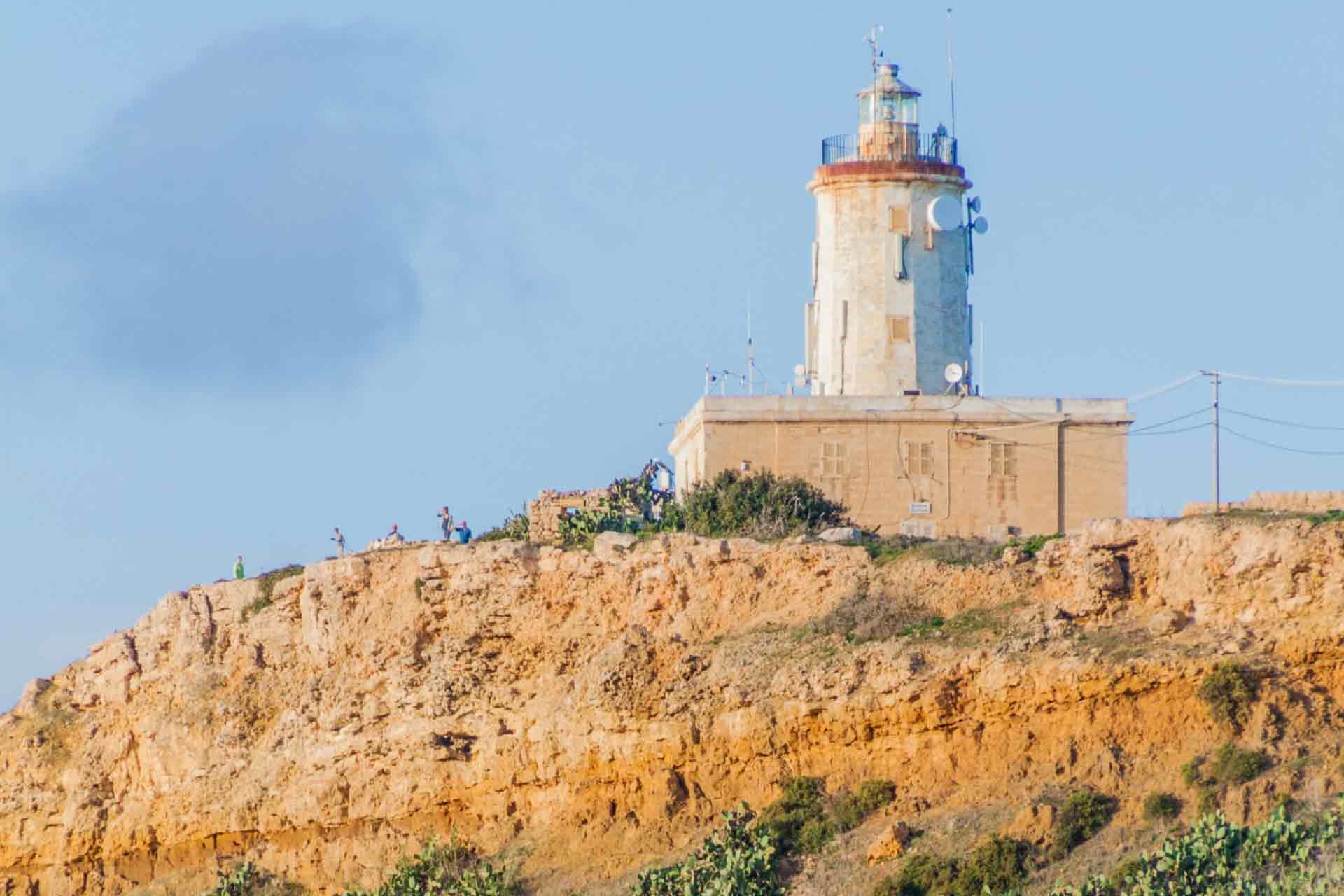
Interestingly enough aside from being used as an actual lighthouse (to this day), Ta' Gurdan Lighthouse has served other purposes due to its strategic location. When World War II reached our shores, this lighthouse was used as an early warning radar station against bombers from the south of Italy. Nowadays, it homes measuring instruments for the Global Atmosphere Watch system of atmospheric monitoring, making it the primary station within the Mediterranean.
Ta' Pinu
Once you've made your way back on the trail, you just need to keep walking along the road until you come across Ta' Pinu — short for Basilica of the National Shrine of the Blessed Virgin of Ta' Pinu. This gigantic architectural masterpiece is definitely not something you want (or can) miss, and thankfully you don't have to because it is open for service and visits on most days.
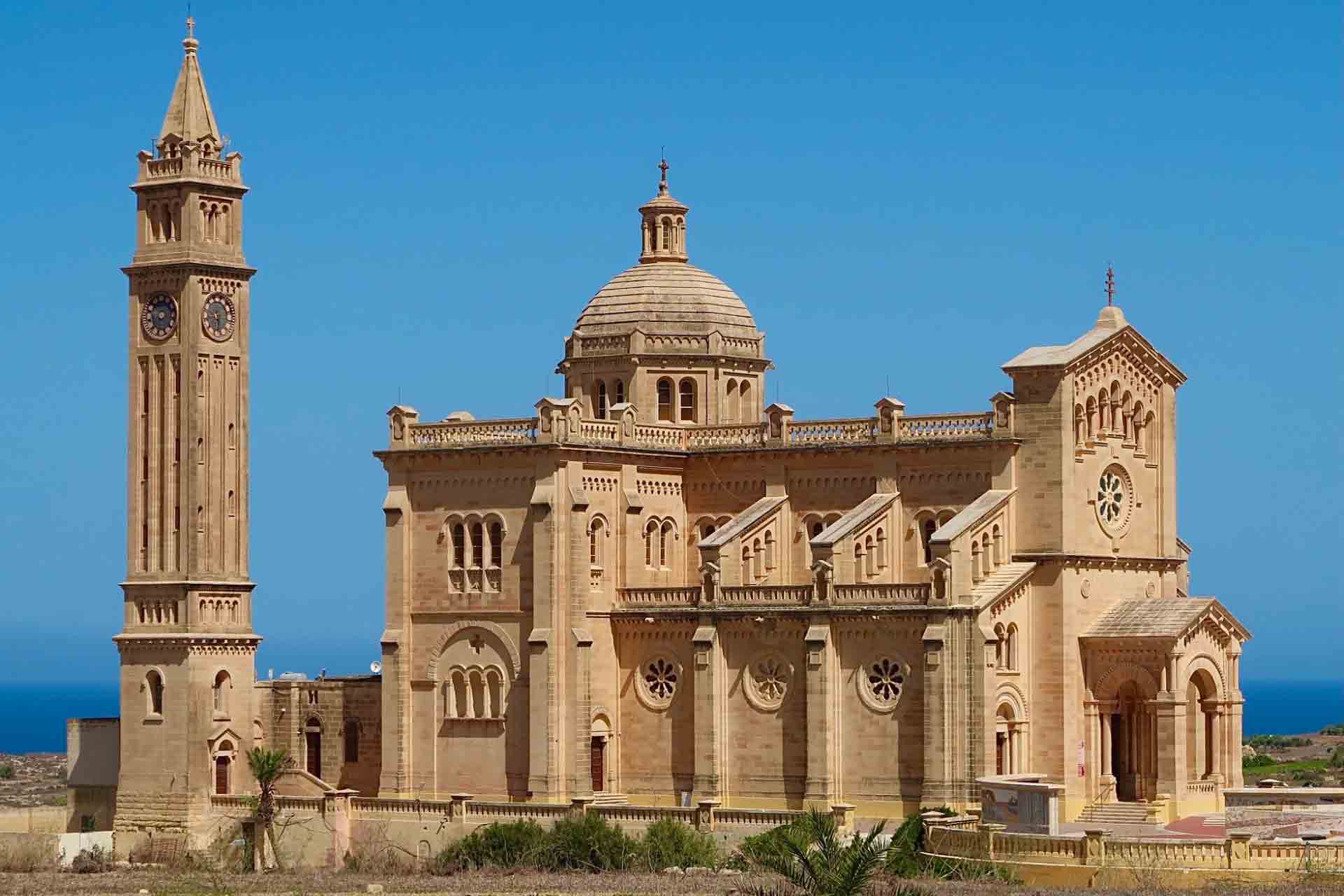
However, what we see today is only a 20th-century extension of a much older church which still stands behind the basilica's altar. While there is no clear reference to when the original church was built, it's believed to be older than the 16th century and the fact that it's lasted this long is attributed to divine intervention. In 1575 Pope Gregory XIII deemed the church to be in a dilapidated state and asked for it to be demolished. But, when one of the workers went to deliver the first blow, his arm was the only thing that broke.
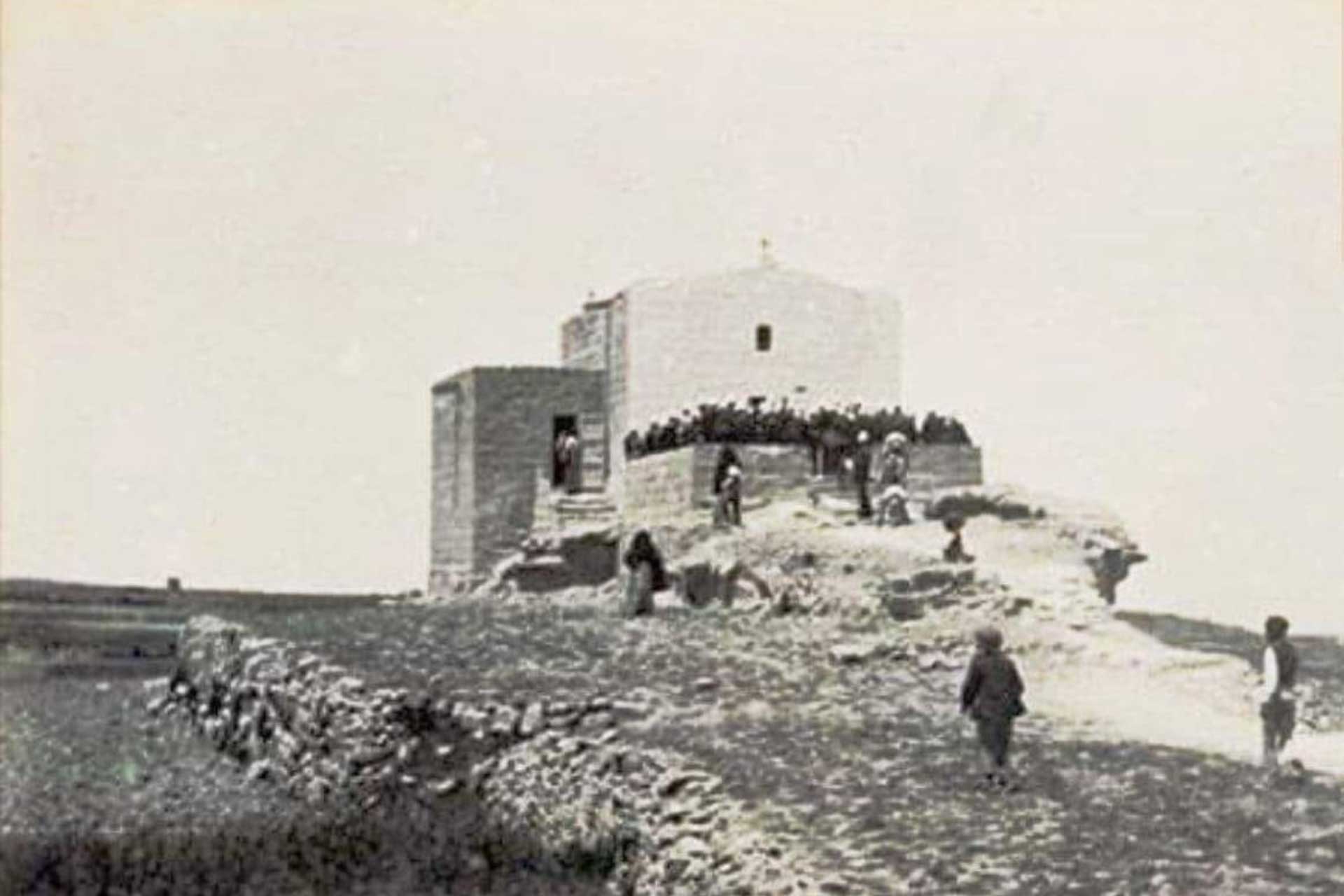
This was taken as an omen that the chapel should not be demolished and in 1598, Pinu Gauci became the procurator of the church which is how it got the name Ta' Pinu. Gauci invested a lot of money in the church's restoration and commissioned Amadeo Perugino to paint the Assumption of Our Lady for the main altar.
It is believed that in 1883, the Virgin Mary herself spoke to a peasant from Gharb, Karmini Grima, asking her to recite three Hail Marys and in the following years, multiple miracles took place. Interestingly, Karmini wasn't the only one to make such a claim. Francis Mercieca (Frenc tal-Gharb), a farmer and esteemed devotee of Our Lady of Ta' Pinu said to have heard the Virgin Mary coming from the church too and healed people in her name. A statue was curated in his name just outside the chapel.
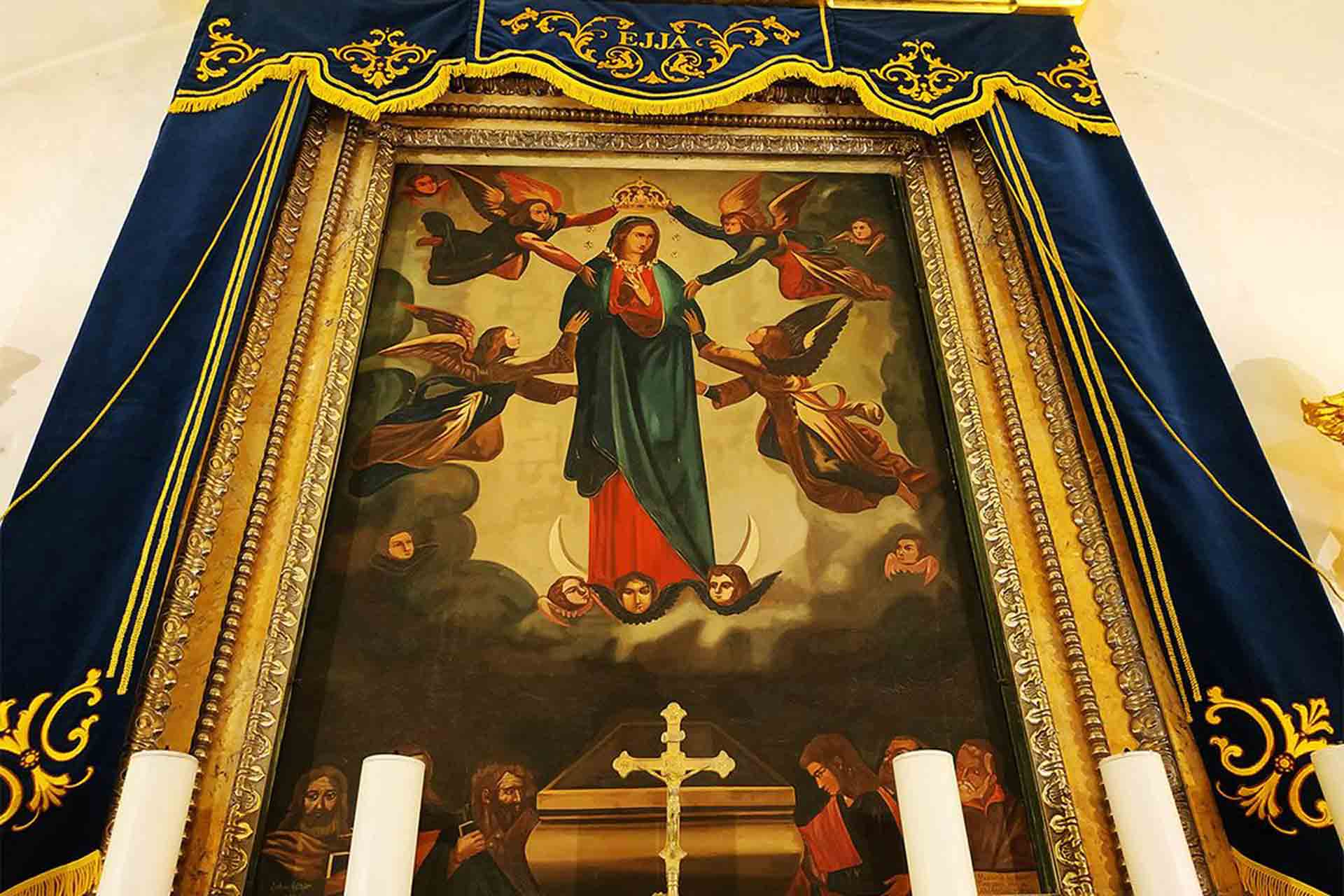
And there you have it, that pretty much completes the Ta' Gurdan walk. All you need to do is head back to the Gharb Parish Church, unless you still have some energy left to hike up the Ta' Ghammar Hill opposite Ta' Pinu where you'll be guided by a series of 14 marble statues representing the Via Crucis or Way of the Cross.
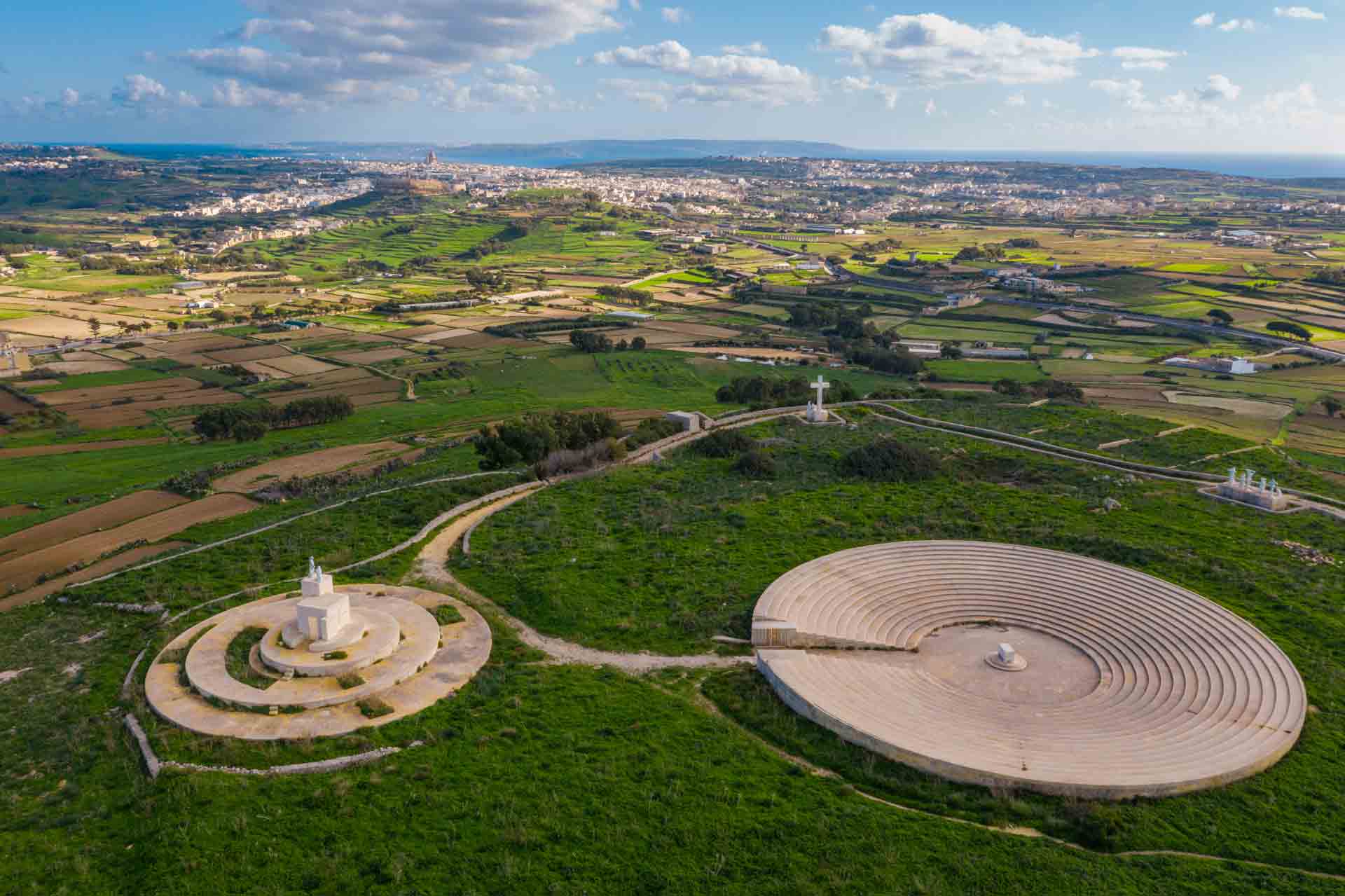
Useful Information
Getting there
If you're planning the trip from Malta, you first need to head to Cirkewwa and grab the ferry to Mgarr, Gozo. From here, you can either cab it to Gharb or catch the 301 bus to Victoria and then hop on the 312 bus that will take you to Gharb centre.
Best time to visit
There isn't really a wrong time to go on the Ta' Gurdan walk thanks to Malta's sunny climate. However, if you wish to see the countryside and valleys in full bloom, and stop for a swim without risking hypothermia, it's best to plan this trail during the spring or early summer months.



